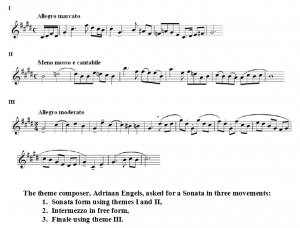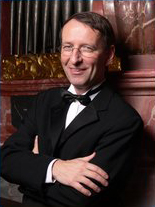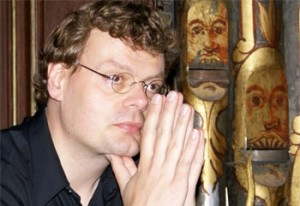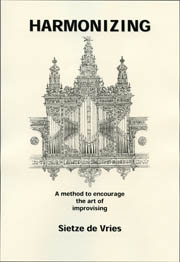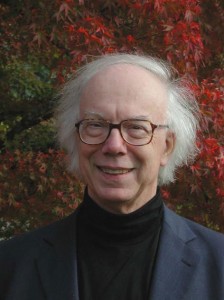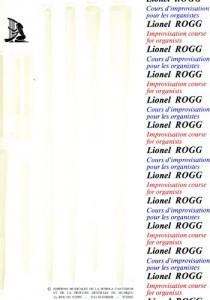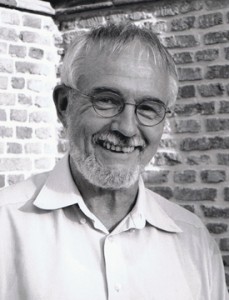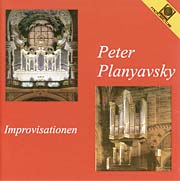In addition to the offerings at the AGO National Convention in Boston, there are several other courses around the world offering improvisation instruction during the summer of 2014. Please feel free to share information about other courses in the comments. I will try to add to the list as I find out about other offerings.
London Organ Improvisation Course
http://www.loic.org.uk
15-18 July 2014
The London Organ Improvisation Course is intended to help organists of all standards to improve their improvising skills for personal musical development, service-playing, concerts and for the examinations of the Royal College of Organists. One day of the course will take place in St. Albans and will include a concert by the guest teacher, Franz Josef Stoiber, Organist of Regensberg Cathedral, Germany. Other teachers for the course include: Ronny Krippner, Duncan Middleton, and Gerard Brooks, Course Director.
Masterclass: Masters Of Ste Clotilde
http://steclotilde-organ.tk/
Monday June 30 to Wednesday July 2 2014
Monday to Wednesday, morning: (9h-12h):
Franck, Tournemire, Pierne, Duruflé, Bonnal, Langlais, Cogen,…
Monday and Tuesday Afternoon (14h-17h): Improvisation
with Olivier Penin and Nicolas Pichon
Classical Music On The Spot:
Eighteenth-Century Keyboard Improvisation
Eastman School of Music • 26 Gibbs St. • Rochester, NY 14604
Workshop I: June 30-July 4 / Monday-Friday, 9:00 a.m.-5:00 p.m.
Workshop II: July 7-11 / Monday-Friday, 9:00 a.m.-5:00 p.m.
Gilad Rabinovitch & Johnandrew Slominski, directors
Two weeklong 18th-century keyboard improvisation workshops in which students will hone their improvisation skills and deepen their understanding of the galant and high classical styles. There will be a special emphasis on the Italian tradition of partimenti and on Robert Gjerdingen’s galant schemata as a basis for keyboard improvisation. Analysis and listening will complement practical improvisation activities. The first workshop will be an introduction to style improvisation; the second workshop will examine advanced topics (including ornamentation and performance practice) and treatises (Quantz, C.P.E. Bach, Niedt, and the Langloz Manuscript).
Haarlem International Summer Academy for Organists
http://www.organfestival.nl
12 – 26 July 2014
Improvisation for advanced students: an extended, 11-day course for advanced improvisers directed by Jürgen Essl (Stuttgart) and Peter Planyavsky (Vienna).
Improvisation for beginners: A 5-day course with the Haarlem Stadsorganist Jos van der Kooy, well-known for his sympathetic and encouraging approach to professional organists lacking improvisation skills.
International Summer Organ Conservatoire
http://organconservatoire.org/
July 12th – 28th 2014
Directed by Nigel Allcoat with guests, Prof. Erwin Wiersinga (Berlin University of Arts and the Martinikerk, Groningen), and Prof. William Whitehead (London). The first week is in Saint-Antoine l’Abbaye (12-19 July) and the second week is in Poligny (20-28 July).
The Saessolsheim Organ Academy 2014
http://www.asamos.org/
23-30 July 2014
Saessolsheim, Alsace, France
Improvisation instruction will be offered during this course by Francis Jacob.
Smarano Organ and Clavichord Academy
The 18th Century Fantasia and C.P.E. Bach
29 Jul – 8 Aug, Venice-Smarano, Italy
Will include sessions on improvisation: “Free Fantasia” and “Stylus Fantasticus” at the keyboards by William Porter and Edoardo Bellotti.
South German Organ Academy OAO 2014
31 July – 3 August 2014
Organ class on the 1784 Holzhey Organ in Obermarchtal Monastery with a visit to the ISAM (International Summer Academy of Music) Organ Class in Ochsenhausen with Jürgen Essl.
Johannes Mayr will teach a participant’s free choice of repertoire from early Baroque to early Romantic and/or improvisation.
Organ course with Ansgar Wallenhorst
Glenstal Abbey
County Limerick, Ireland
August 11th-13th 2014
Taught by Ansgar Wallenhorst, this workshop is open to organists at every level of ability who wish to develop their own creativity in improvisation either in the context of liturgical services or in concert performance. With a combination of group work in the mornings (9.00-12.00) and individual lessons in the afternoon (15.00-17.45), the workshop will be adapted to the abilities, tastes and preferences of the individual participants. Participants are invited to bring music which they already play or are learning as an indication and basis for developing according to their own level and stylistic preferences. Evening sessions will include, on Monday, an exploration of improvisational style in Irish traditional music Cas Amhrán Cráifeach – a poetics of religious and secular song from the Irish sean-nós tradition with Nóirín Ní Riain PhD, and a short recital on Tuesday.
International Organ Academy Improvisation Course
1-5 September 2014
Improvisation course by Thierry Escaich on the Schwenkedel organ of the St Donat Church (France)
Faszination Orgelimprovisation
3–6 September 2014, Waldsassen, Germany
Course for Organists by Franz Josef Stoiber
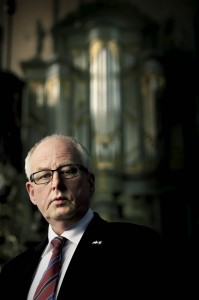 Website:
Website:

